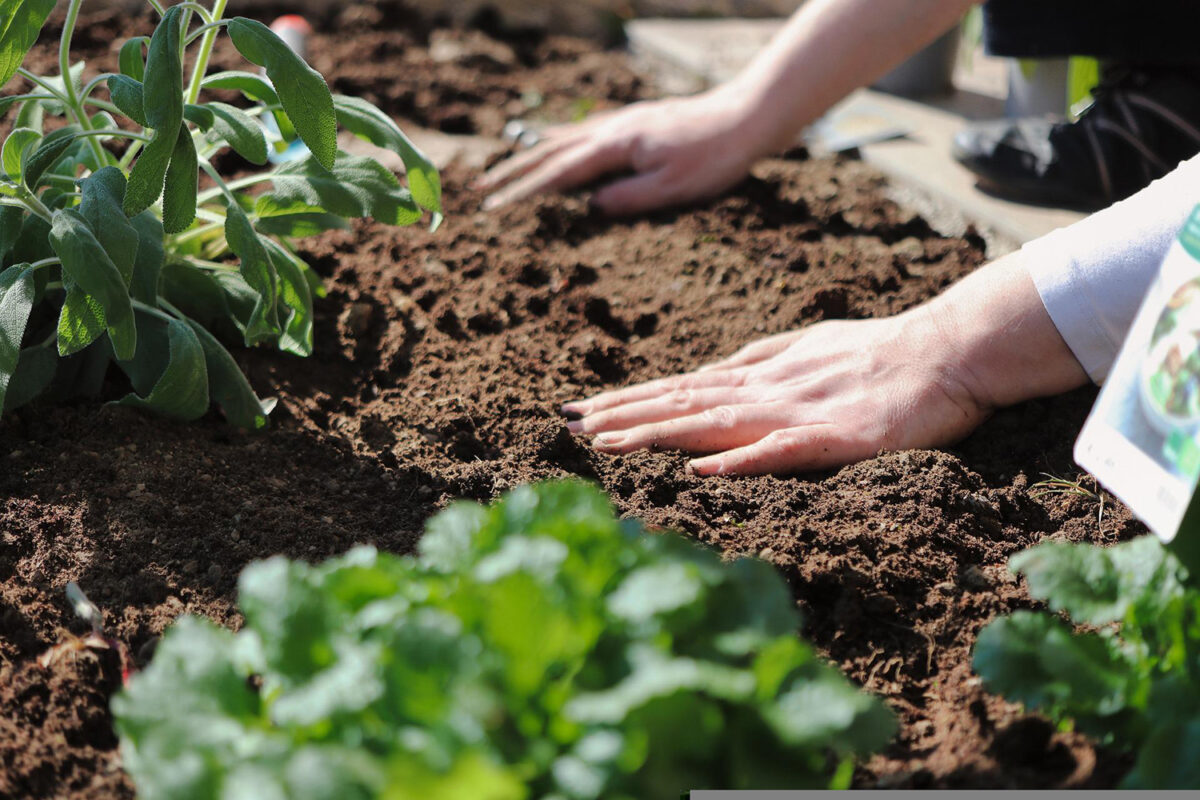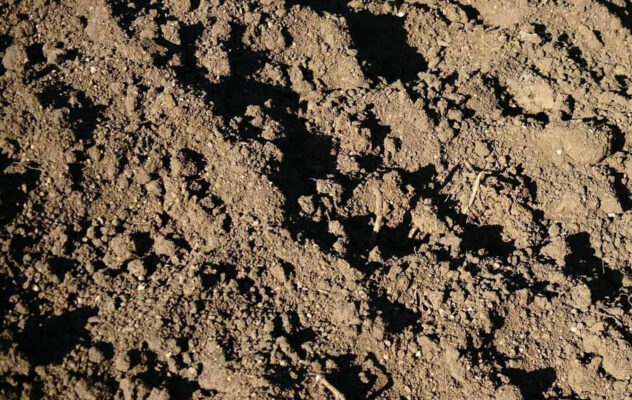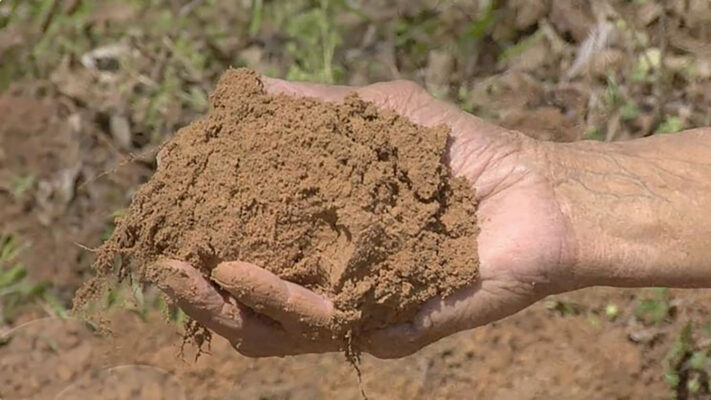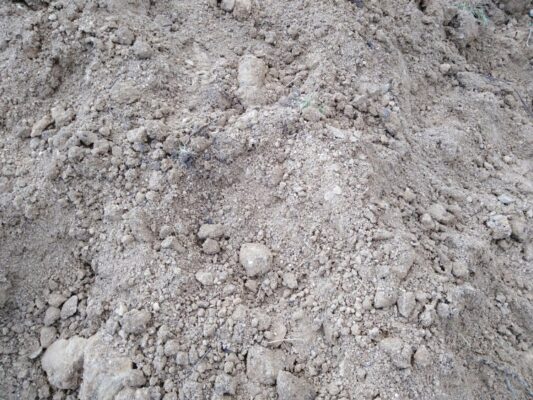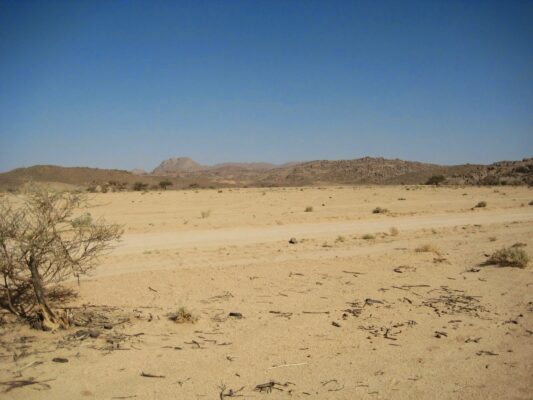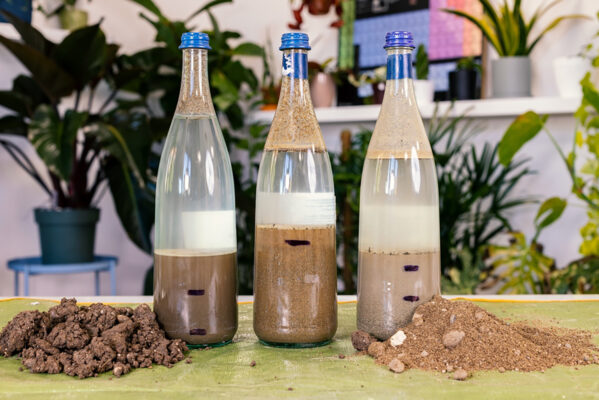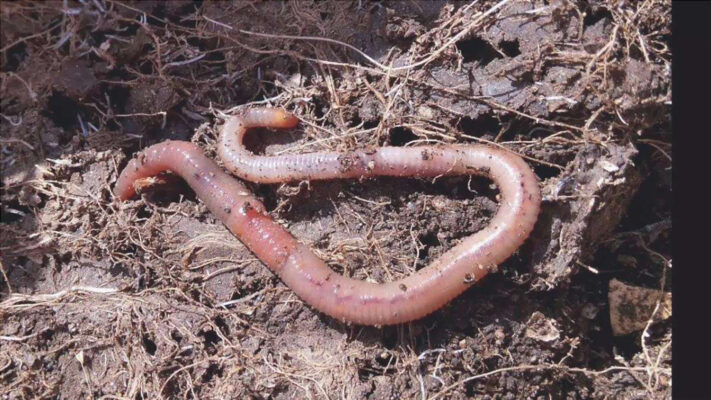How to tell if the soil is good?
Understanding what land you are dealing with in creating a garden is essential to be able to make the right choices accordingly.
The right choices for the correction of the soil itself and the right choices for the choice of the type of garden that can be obtained and the essences to plant.
What type of soil is there in my garden? How to tell if the soil is good? And if it isn’t what can I do to correct it?
In this article we will analyze the questions and give the answers.
Soil composition analysis and correction in 3 steps
Step 1: Look at the ground to see if it is good
The first step to understanding if the soil is good is to look at the plants that are already growing. Once this is done we will approach our terrain for a first superficial analysis that will help us in phase 2.
How many plants are there? What kind? What is the ground like after a rain?
We observe the ground, perhaps sitting in the shade with a good drink in hand.
Well. We are in the situation that we have taken possession of a house with a garden and we have no idea what to do to fix it.
Let’s sit down. Garden breaks are important and allow you to make good choices. We observe what we have in front of us.
For this first phase of soil analysis we will perform 3 simple checks on our plants before observing the color and appearance of the soil.
Are there any plants in our garden?
We could find land without plants. In this case we will immediately move on to the second phase – as soon as the drink is finished.
However, it is much more likely that there are weeds. This brings us directly to the second question.
How many plants are there in our land?
The quantity of existing plants will already give us a first information on the quality of the soil.
If there are a lot of them, maybe our soil is already good and we just have to do the third and final check. If, on the other hand, they are not many and they are low, we can observe the earth.
If they are tall we will have to cut or tear up the tall weeds so that we can observe the ground.
What kind of plants grow in our garden?
Let’s try to understand it so that we can find out in what terrains they usually grow.
Good books for this study are, for example: “Erbe spontanee by Marco Alberti – Conoscerle e riconoscerle” or ‘Erbe selvatiche by Franco Lodini – Ricerca, riconoscimento e raccolta “or finally” Erbe di città by Giovanni Appendino, Luciano Riccardo and Renzo Salvo – Erbe spontanee su marciapiedi, muri, bordi strade nelle città”.
Now that we know everything we need to know about the plants in our garden, we can look at the soil.
Soils can be clayey, loamy, sandy or calcareous when they are not balanced. If they are balanced we call it good ground.
Clay soils obviously contain a lot of clay and are also called heavy soils. At first glance it will be almost black in winter and cracked in summer. The loamy soils are dark brown and very fertile but with little clay. At first glance they are indistinguishable from good soil. Sandy soils will be recognized more closely because they are lighter and also due to the presence of sand on the surface. Finally, the calcareous soils are whitish to the eye in all seasons.
Step 2: Analyze the soil to understand its composition
Now that we have observed it on the surface and we have an idea of what kind of soil there may be in our garden, let’s go to the next step.
We then move on to the second phase of analysis, the one that will allow us to better understand what type of soil we have by performing a simple “do-it-yourself test to understand the composition of the soil”.
Let’s get up from the chair or take it to the ground – if we want to remain seated.
We collect a handful of moistened earth. This test is well known. Let’s try to make a sausage and join it at the top forming a donut.
If we fail at all we will have a sandy soil. If the sausage is formed, but breaks into a donut we will have a silty or calcareous soil – the color will already give us an answer for which of the two it is. If, on the other hand, the donut is successful we will have a clayey soil.
To best perform this soil composition test, my picking suggestion is:
Do not take the topsoil, but make holes about 15-20cm wide and 30cm deep. Then take some earth from the bottom. In this way you will be quite sure that your analysis concerns the part that most interests the roots.
Alternatively, there is also this rather interesting do-it-yourself soil analysis test that could help you understand if your soil is good.
If you are not sure about the information you have collected or you want to have the quantities of elements in your land, you can buy sampling tests available on the market, you can take the sample to a laboratory thus obtaining the professional results, or you can rely on a landscape architect who will take care of everything.
Step 3: Improve the soil according to the composition
Now that we have analyzed the terrain and we know precisely what our starting point is, let’s see how to correct and balance the various types of terrain.
How to improve clayey soil?
We discovered we have clayey soil.
This type of soil should be lightened and well fed with organic fertilizer and mulch (pine bark). In fact, too much clay does not allow the roots to breathe and this makes the growth of the essences and the distribution of the lawn difficult and slow.
How to correct a loamy soil?
The donut did not form with the sausage test. So we have a loamy ground. We went well.
Too much silt is not beneficial, but among the decompensated soils it can be considered the best because it is very fertile. Just spread the compost regularly (once / twice a year) and cover with mulch to solve the problem. But do it.
How to enrich a sandy soil?
Already picking up the ground we realized that it is sandy because our hands are full of sand.
This land is perfect for those wishing to make a Mediterranean garden with succulents. The sandy soil does not retain water so there is no risk of stagnation which causes the roots to rot but on the contrary can thirst the plants especially in hot periods.
Watering often (small amounts of water) and fertilizing regularly is necessary. The water, which is quickly eliminated, takes away nutrients, risking starving the essences.
How can limestone soil be corrected?
We are holding a whitish ground that is clearly calcareous. This terrain must necessarily be corrected.
On this soil it will be difficult to grow acidophiles because the circulation of iron in the soil is impaired. It must be compensated with fertilizer or compost in quantity to lighten it and bring it back to a good composition.
Now we know what we need to do to make a clayey, loamy, sandy or calcareous soil good. Let’s move on to the actual practice.
What are the steps to follow to correct and improve the terrain?
When the soil is MANDATORY correct, proceed as follows: mixed with other cultivated land and sand to lighten it. This work, again for the sake of transparency, will be tiring – if done by you – and expensive because you will have to buy a lot of peat and cultivated land and plow the first 30/40 cm of land with special machines (PLOW maybe for hire), spread the purchased earth / peat and mix (MIXER). Then crush the overturned clods (FRANGIZOLLA), pass the rake to make the soil the shape you want – all flat or with hillocks and hollows – and finally pass the roller (CONSTIPATOR) by hand. Don’t worry, today there are machines that do several things each so you won’t have to rent too many vehicles.
If, on the other hand, after taking several walks on your land you constantly come across earthworms, know that not only will they do the correction work for you, but it is also a sign that your soil is in good health. Thank nature and the universe, sit back and think about the garden you want.
Now on horseback! Work awaits us! Our new wonderful outdoor space is about to be born!
GOOD WORK and … if you have any questions please write to info@mondodelgiardino.com
Sources of images: clayey soil from ortoacoltivare.it; loamy soil from casapratica.net; calcareous soil from contramalini.it; sandy soil from elementari.net; test of the bottles from venditapianteonline.it; earthworms from lafalda.it


